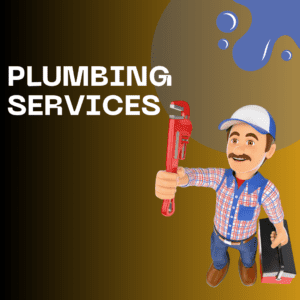If you’re dealing with low water pressure in your home, you’re not alone. Many homeowners experience this frustrating issue, but the good news is that there are steps you can take to diagnose and fix the problem. At Frost & Kretsch Plumbing, we understand how important it is to have consistent water pressure, whether you’re taking a shower, washing dishes, or watering your garden. Let’s explore some practical tips for improving the water pressure in your home.
Step 1: Check for Leaks
The first thing to do when facing low water pressure is to check for any leaks in your plumbing system. Look for signs of water damage, such as damp spots on walls or ceilings, or puddles around fixtures. A leak can significantly reduce your water pressure and increase your water bill, so it’s crucial to address it as soon as possible. If you find a leak, it may require a plumber’s expertise to repair it effectively.
Step 2: Inspect the Fixtures
Sometimes, low water pressure can be localized to specific fixtures, like your showerhead or faucets. Mineral buildup from hard water can clog aerators and showerheads, resulting in reduced flow. To fix this, unscrew the aerators or showerheads and soak them in a vinegar solution for a few hours. This can help dissolve the mineral deposits. After soaking, rinse them thoroughly and reattach them to see if your water pressure improves.
Step 3: Evaluate Your Pressure Regulator
If your home has a pressure regulator, it may be set too low. The pressure regulator controls the water pressure coming into your home, and if it’s malfunctioning, it can lead to low water pressure. To check if your pressure regulator is working correctly, you can use a water pressure gauge, which you can attach to an outdoor spigot. The ideal water pressure for most homes is between 40 and 60 psi (pounds per square inch). If your pressure is significantly lower, you might need to adjust the regulator or have it replaced.
Step 4: Check the Main Shutoff Valve
Another common culprit for low water pressure is the main shutoff valve. This valve controls the water flow into your home, and if it’s partially closed, it can restrict water flow. Locate the main shutoff valve—usually found near the water meter or where the water line enters your home—and make sure it’s fully open.
Step 5: Assess Your Plumbing System
If you’ve gone through the above steps and are still experiencing low water pressure, it may be time to consider the age and condition of your plumbing system. Old or corroded pipes can significantly impact water flow. If your home has older galvanized steel or iron pipes, they may need to be replaced with newer, more efficient materials like copper or PVC.
Conclusion
Improving water pressure in your home can often be achieved with a little troubleshooting and maintenance. However, if you’re unable to resolve the issue on your own, don’t hesitate to contact the professionals at Frost & Kretsch Plumbing. We have the expertise to diagnose and fix your plumbing problems efficiently.
For assistance, give us a call at (248) 600-0426 or visit our website at oakland-plumbers.com. You can also find us at 33717 Woodward #246, Birmingham, MI 48009. Let us help you enjoy a steady flow of water in your home!
Expert Plumbing Services in Clarkston: Frost & Kretsch Plumbing Inc

